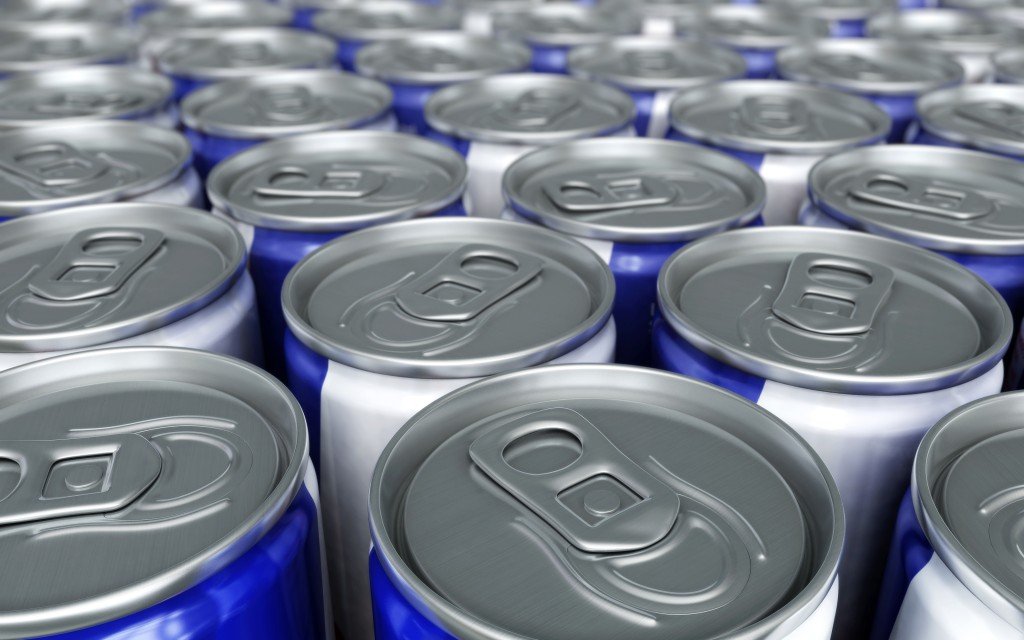Have you heard of “frankenfish”? It is a Frankenstein fish. Yuck, right? Well, have no fears. A media report including one in the Washington Post (December 21/2012) says, “Federal health regulators say a genetically modified salmon that grows twice as fast as normal is unlikely to harm the environment, clearing the way for the first approval of a scientifically engineered animal for human consumption.”
The Canadian Press reported on January 4, 2013, “Canadian ‘frankenfish’ moves closer to FDA approval for human consumption.”
In the U.S., the Food and Drug Administration (FDA) said the fish is unlikely to harm populations of natural salmon, a key concern for environmental activists. The AquaAdvantage salmon has been called by the critics as frankenfish. They see the development of frankenfish unethical and worry it could cause human allergies and eventually destroy the natural salmon population if it escapes and breeds in the wild.
FDA has said in the past that animals that are cloned are safe to eat. But frankenfish is not a clone. The DNA has been changed to produce a desirable effect. There is added growth hormone from the Pacific Chinook salmon that allows the fish to produce growth hormone all year long. Typical Atlantic salmon produce the growth hormone for only part of the year. The company says frankenfish will have the same flavour, texture, colour and odour as the conventional fish.
This is only one example of genetically altered food. There are many other foods which have been genetically changed. The Health Canada website (http://www.hc-sc.gc.ca/) says, “Health Canada conducts a thorough safety assessment of all biotechnology-derived foods to demonstrate that a novel food is as safe and nutritious as foods already on the Canadian marketplace.” Internationally, more than 10 species specific consensus documents have been developed, including for corn, soybean, wheat, rice, canola and sugar beet to ensure safety of these foods for human consumption.
As of 2012, Health Canada has approved over 81 genetically modified foods for sale in Canada. No applications have been turned down as long as they meet Health Canada’s strict guidelines. According to Wikipedia, commercial sale of genetically modified foods began in 1994, when Calgene Inc. first marketed its Flavr Savr delayed ripening tomato. Since then the technology has been used in different areas. There are organisms which have been genetically engineered and there are crops which have undergone genetic changes.
Some fruits and vegetables have been genetically changed to prevent disease in the crops. For example, Papaya has been genetically modified to resist the ringspot virus. Today, 80 per cent of Hawaiian papaya is genetically engineered. As of 2005, about 13 per cent of the zucchini grown in the US was genetically modified to resist some viruses. Most vegetable oil used in the US is produced from genetically modified crops. We can go on. There are many such examples. No reports of ill effects have been documented in the human population from genetically modified food.
Looks like genetically modified food is here to stay. And we are eating it every day.
Start reading the preview of my book A Doctor's Journey for free on Amazon. Available on Kindle for $2.99!




